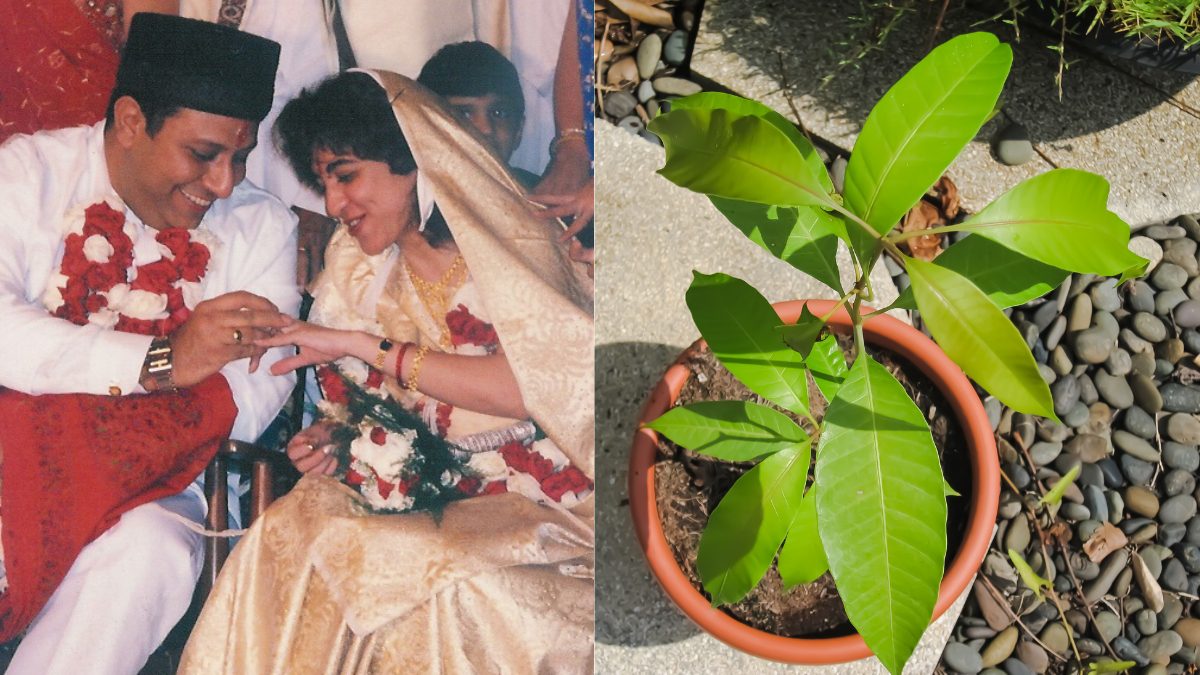Many special ceremonies add meaning, symbolism, and deeply ingrained cultural heritage to the matrimonial canvas of matrimony. They are all nestled within the kaleidoscope of Indian wedding customs and rituals, which blend customs from many cultures into a colourful symphony. Every custom, from the thunderous beats of the dhol during Punjabi weddings to the elaborate haldi ceremonies in South India, is a stroke that adds to the tapestry of symbols representing love, unity, and fortunate beginnings. Of these, one stands out in particular. The Madar Srava is a Parsi custom for marriage that is a treasured gem tucked away inside the elaborate web of Indian wedding customs.
The Enchanting Parsi Tradition Of Madar Srava
The Madar Srava is certainly a unique and fascinating ceremony that stands out among the lavish and varied Indian wedding customs. It reflects the ideas of growth, fertility, and blessings from family. The bride and groom’s families meet together at their homes four days before the wedding. They each decorate the ground with a baby tree that is placed inside a pot full of meaning.
These young trees are carefully planted in the background as the family priest whispers in prayer. Usually, the choice of trees is mango trees, which also represent wealth and prosperity. The soil, a mixture adorned with dried dates, betel nuts, turmeric, paan leaves, and flakes of gold and silver, creates a hallowed bed for the seeds of the future.
Also Read: Top Of The Rock: From Beam To Panoramic Views, New York’s Rockefeller Centre Unveils New Heights!
Fertility, Blessings, And Parsi Wedding Customs
The pot receives its decorative touches in a ceremonious way. It is painted with elaborate designs in shades of red kumkum paste and turmeric. It is an artistic declaration of blessings and good fortune. After making seven elegant circles around the sapling, a coconut, a symbol of good fortune, yields to the ground with a loud crack. It also echoes the expectation of the impending union.
The earth, a canvas of fertility, is cultivated with care and enhanced by yoghurt, rice, wheat grains, and a collection of treasured mementoes. The sapling also turns into a focal point of decoration as the pot transforms into a canvas of rich cultural diversity. Garlands gently perch atop its branches, muttering blessings of growth and prosperity.
Among the leaves, handkerchiefs embroidered with gold and silver are placed as a symbol of a future rich in prosperity and happiness. As a conduit for divine invocation, the family priest also bestows prayers and verses of sanctity on the young tree. They bestow upon them the blessings of a long-lasting and abundant union.
A Revered Tradition Of Planting Prosperity
After the sacred ceremony, the couple continues a daily ritual of watering and tending to the sapling. It certainly represents the tender care and devotion they will provide to each other throughout their marriage. Following the wedding, the couple takes the sapling to a location of their choosing. They plant it as a symbolic marker of their journey together on the eighth day of the celebration.
This gesture denotes not only the development of a tree but also the blossoming of their union. It is a union nourished by love, anchored in tradition, and headed towards a prosperous tomorrow.
Cover Image Courtesy: Canva and Wikimedia Commons
For more such snackable content, interesting discoveries and the latest updates on food, travel and experiences in your city, download the Curly Tales App. Download HERE.
Good news! We are on WhatsApp! Subscribe to Curly Tales WhatsApp Channel to stay up-to-date with exclusive content and BTS. Join HERE.

